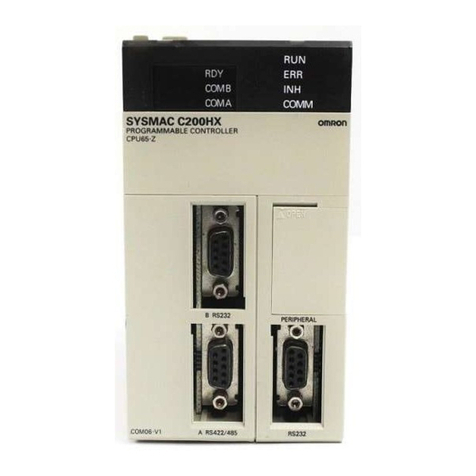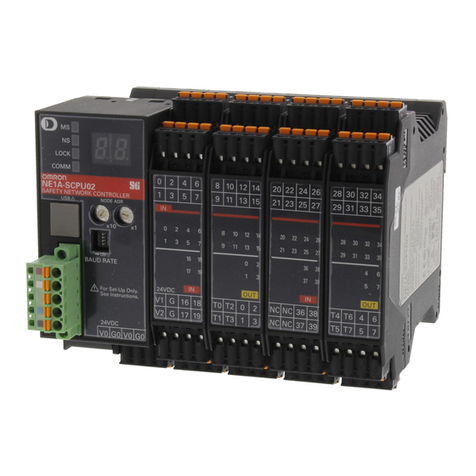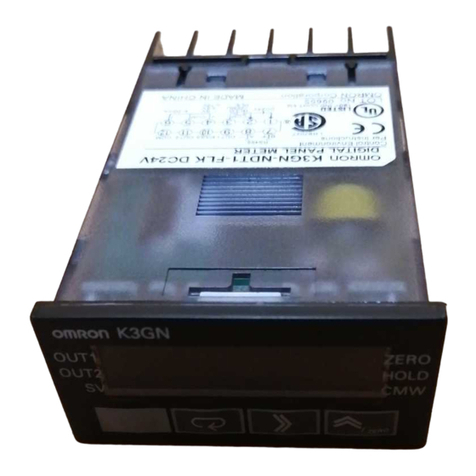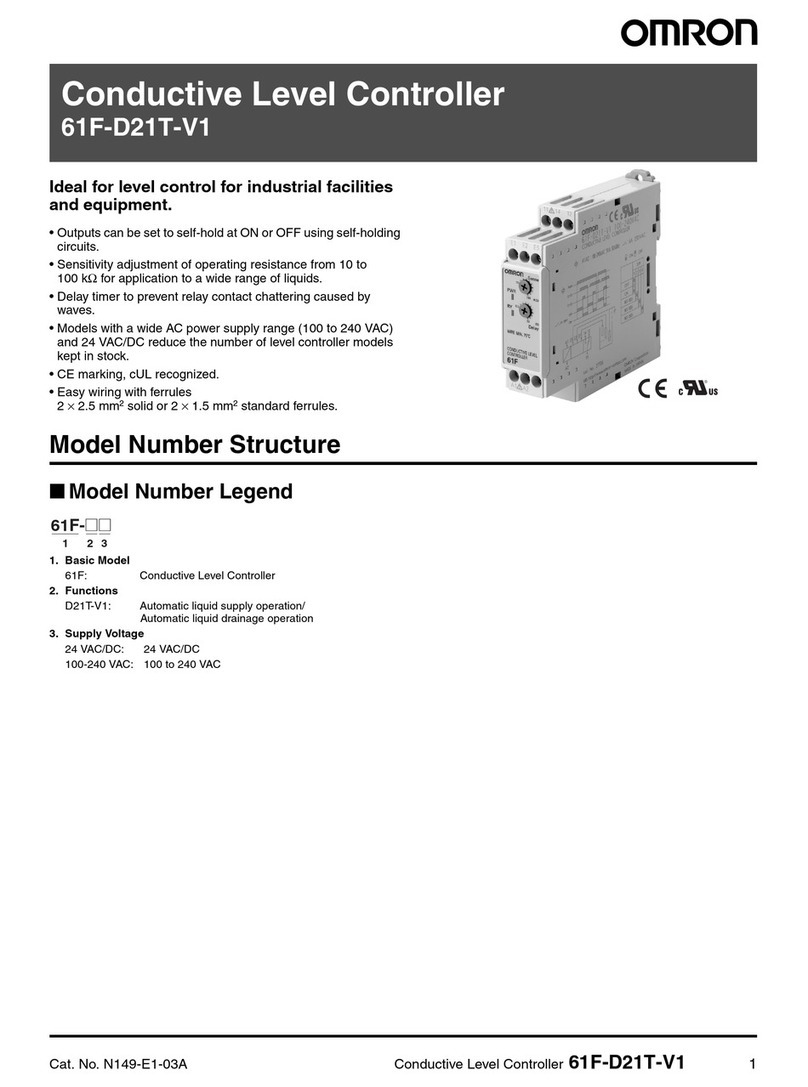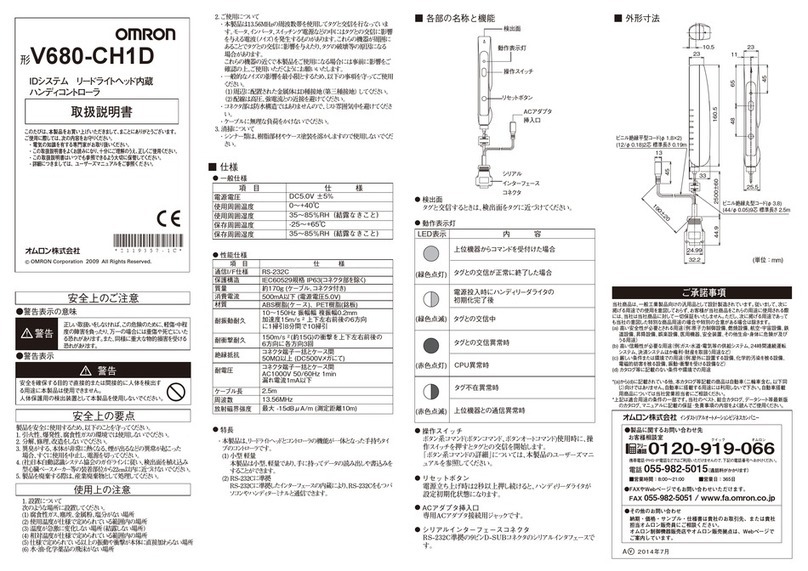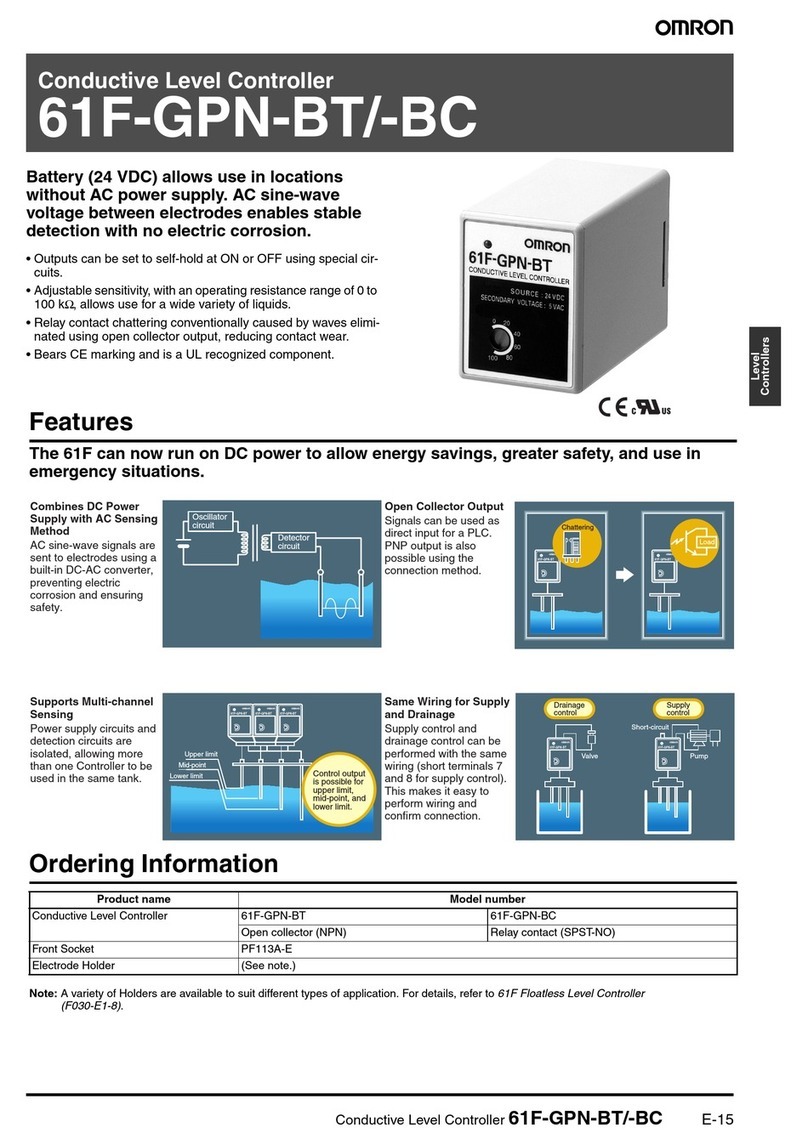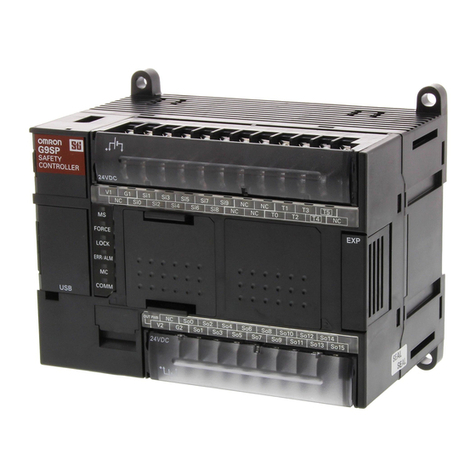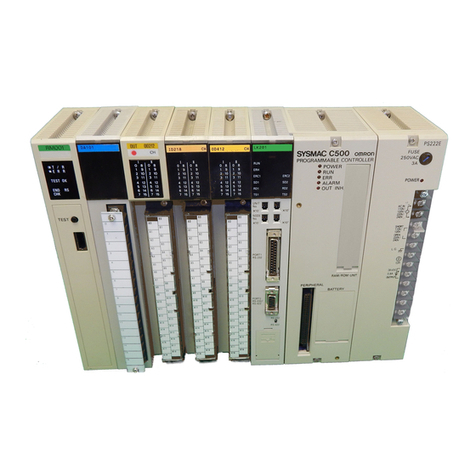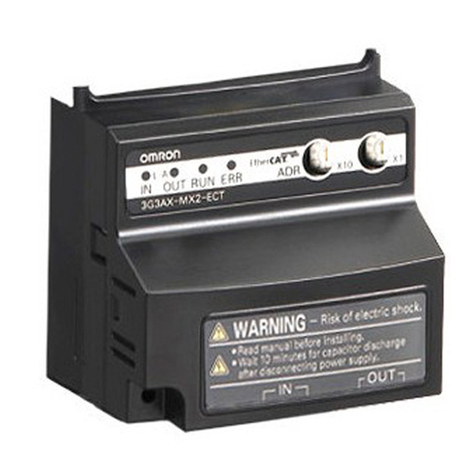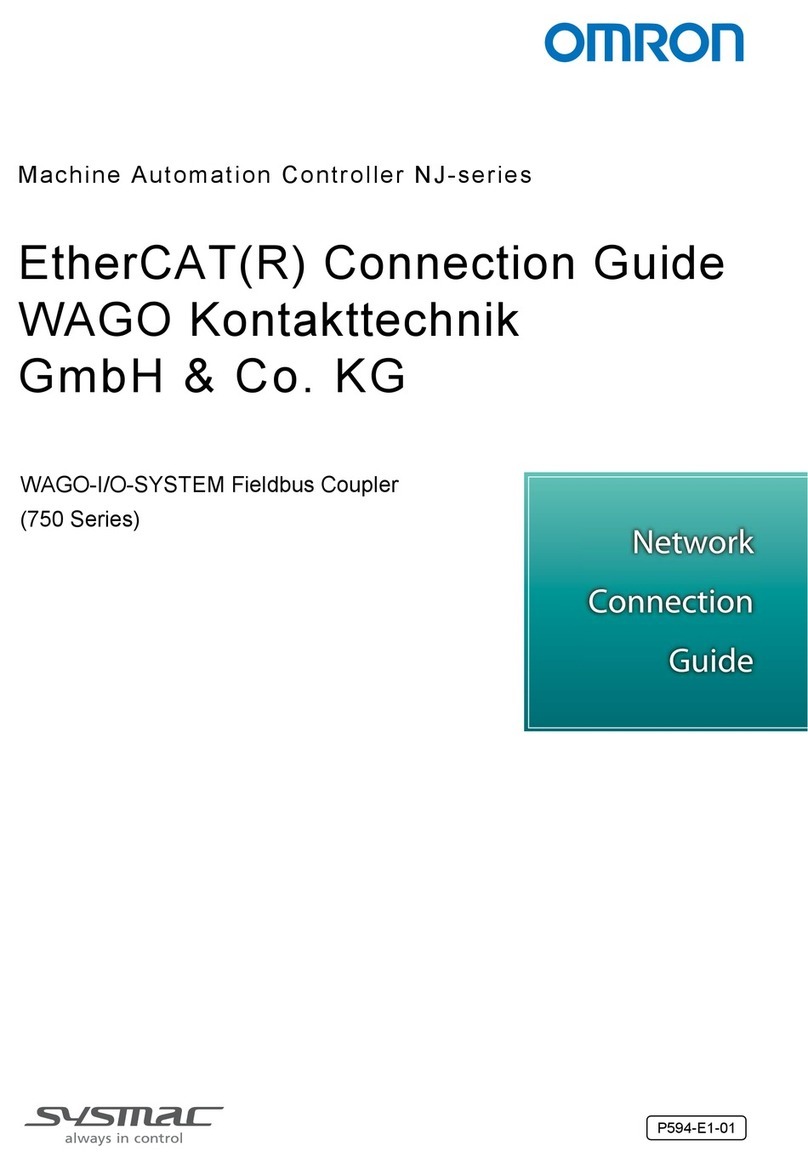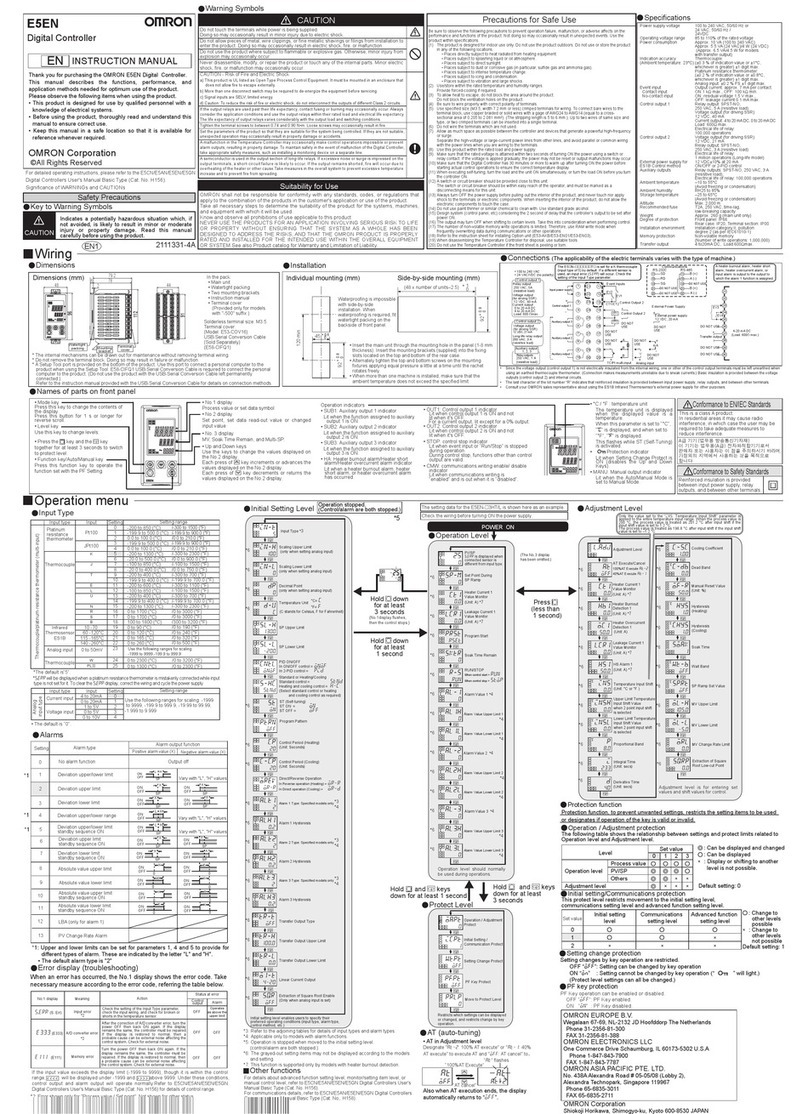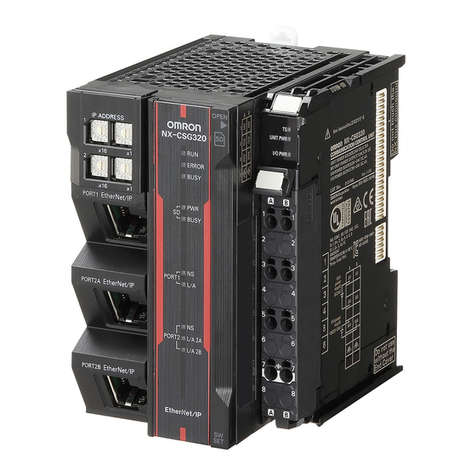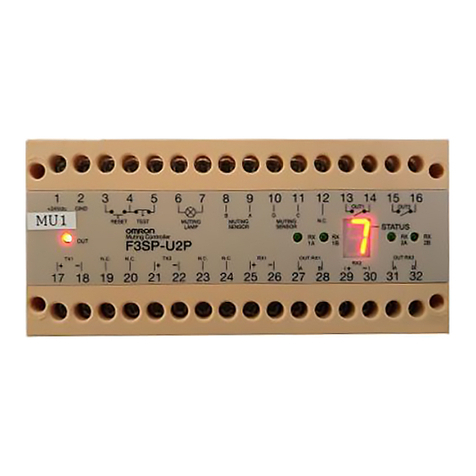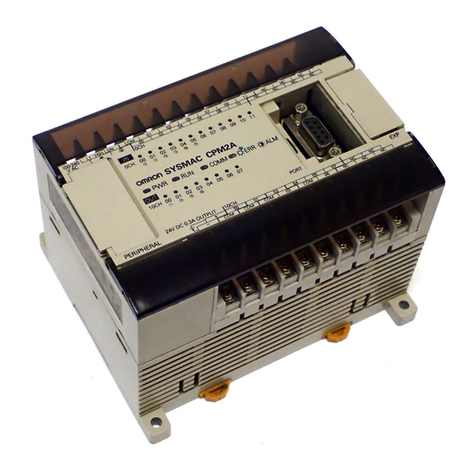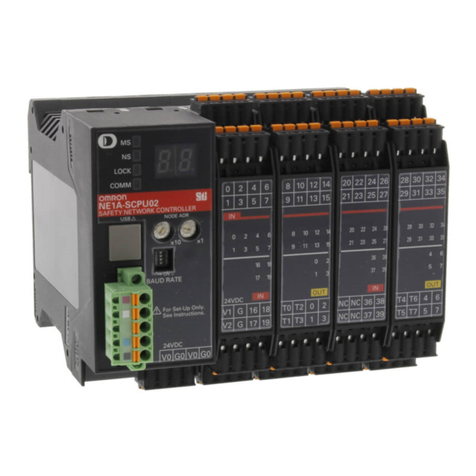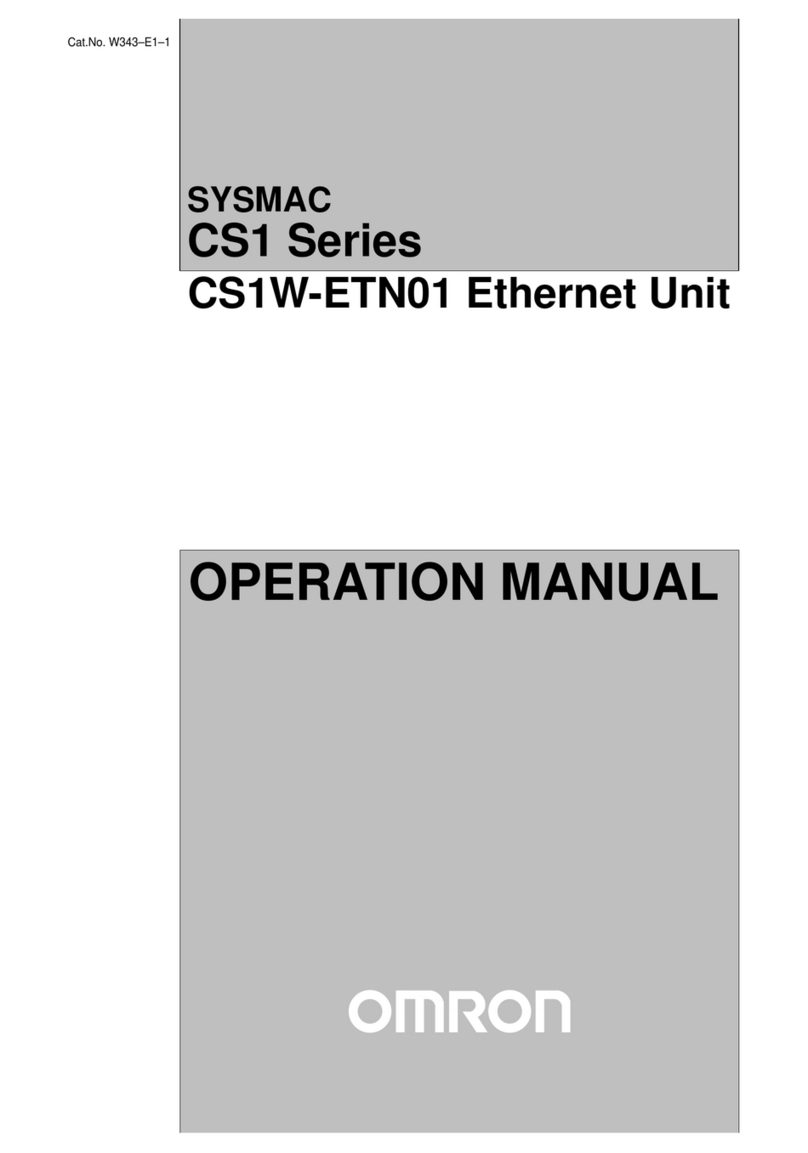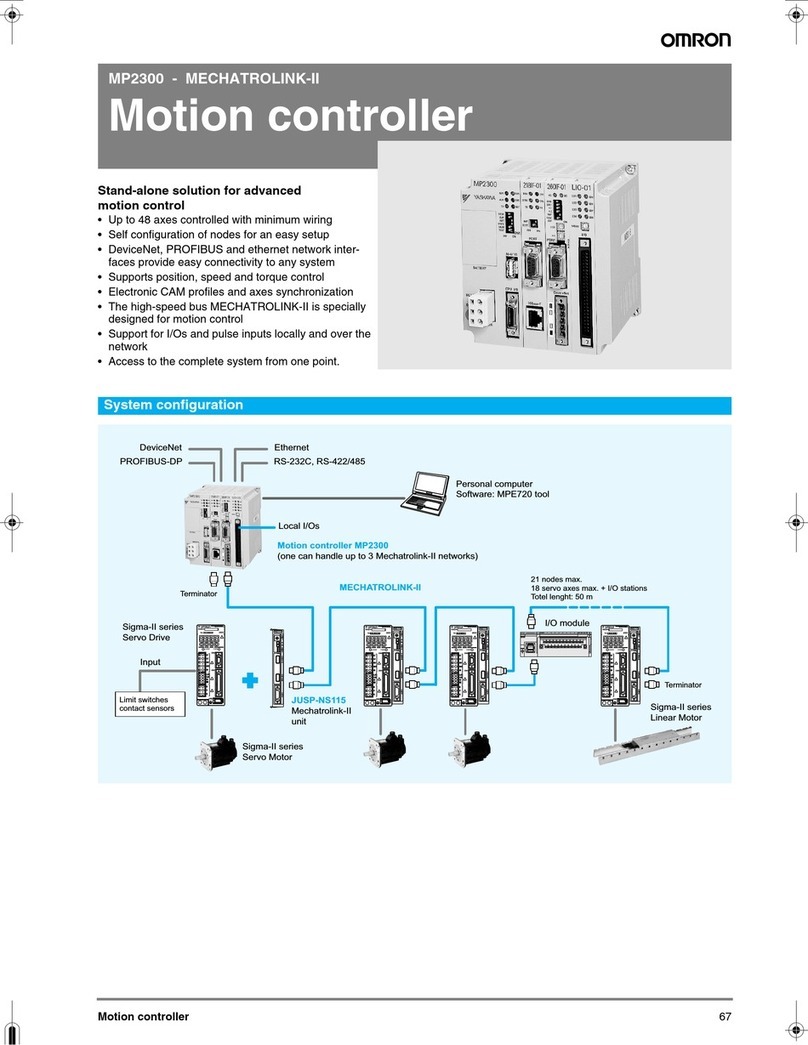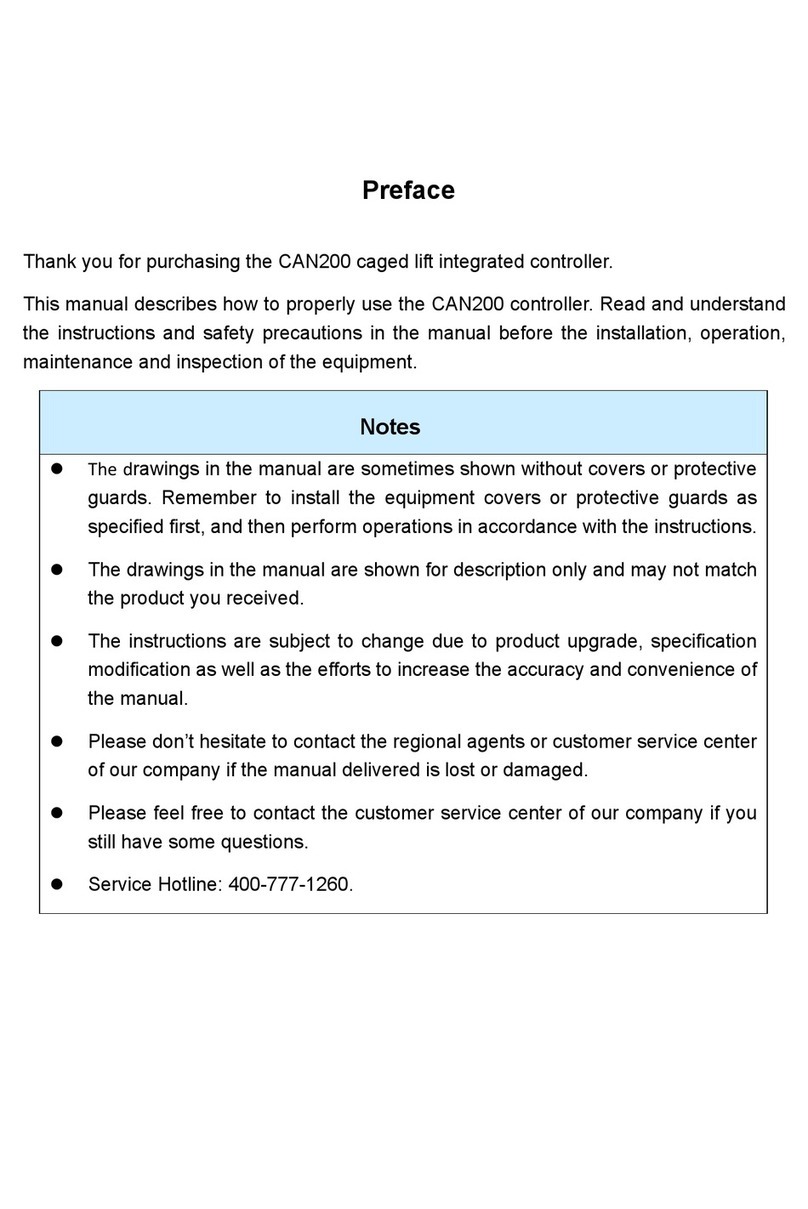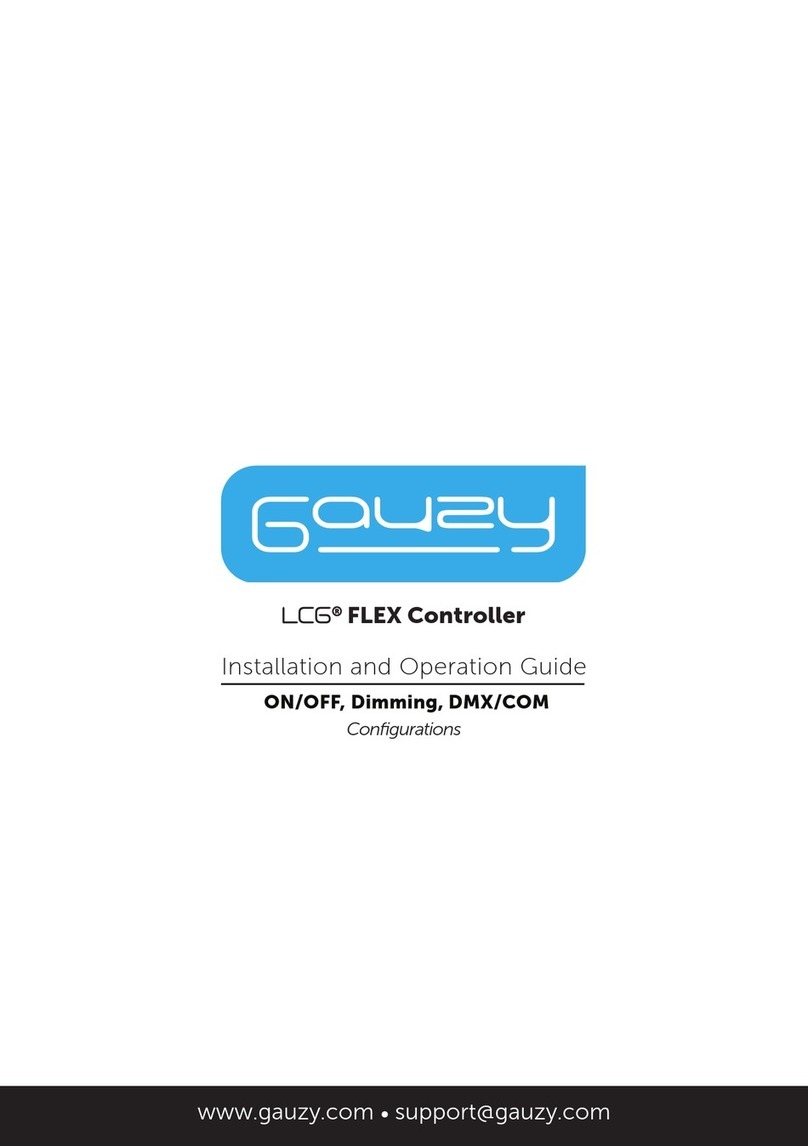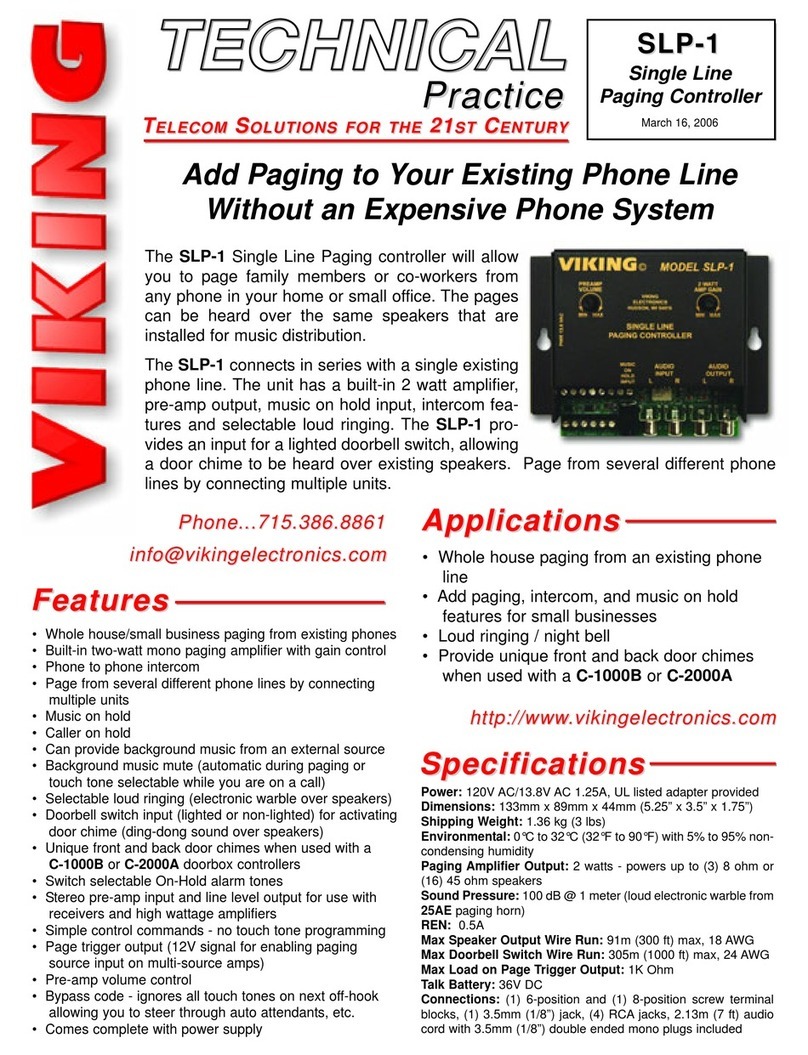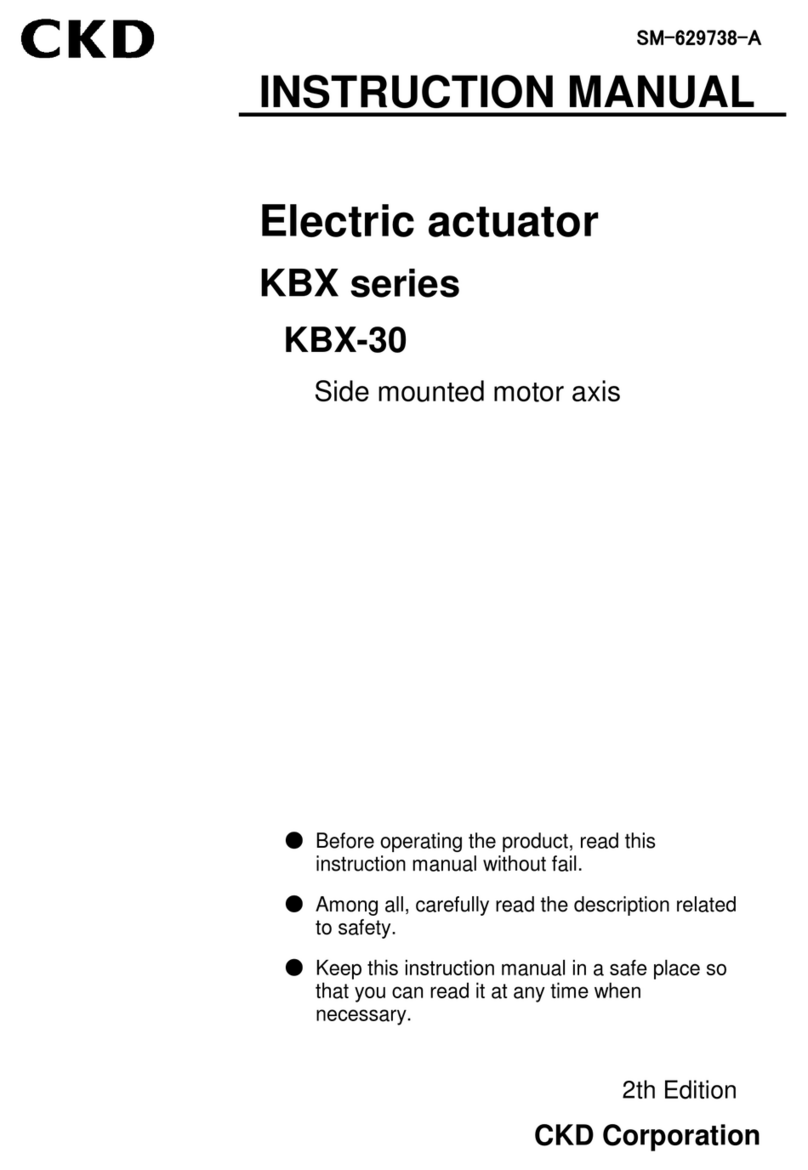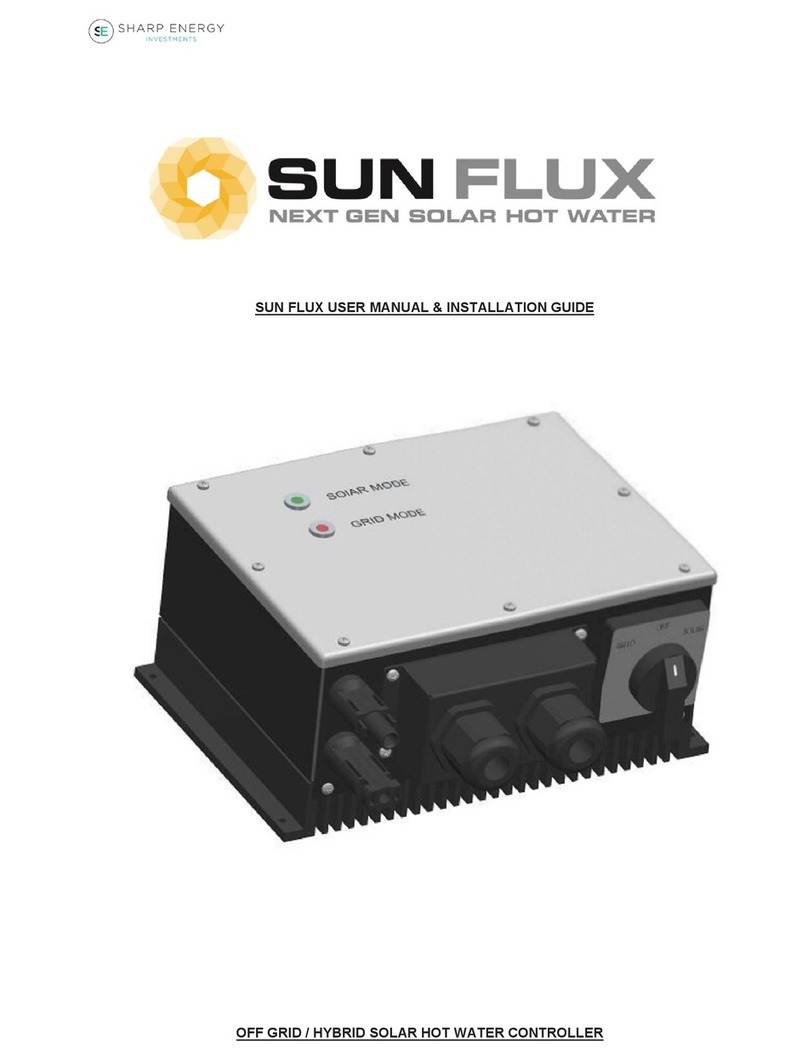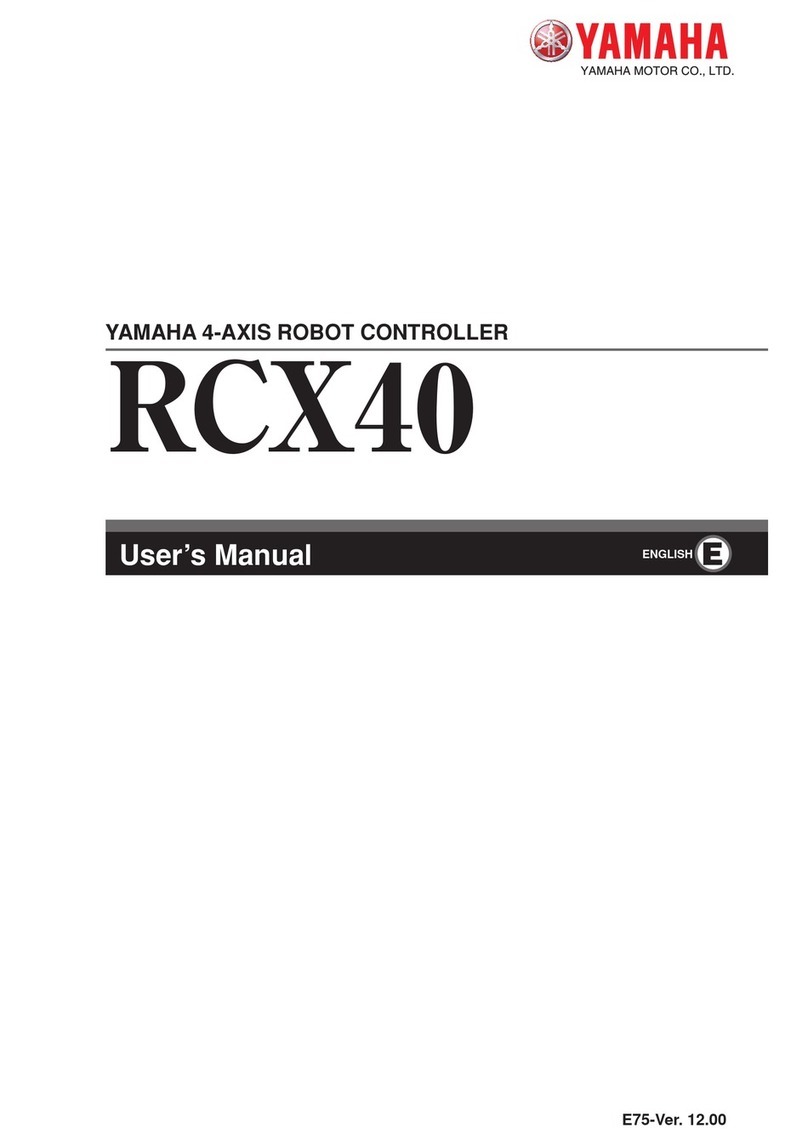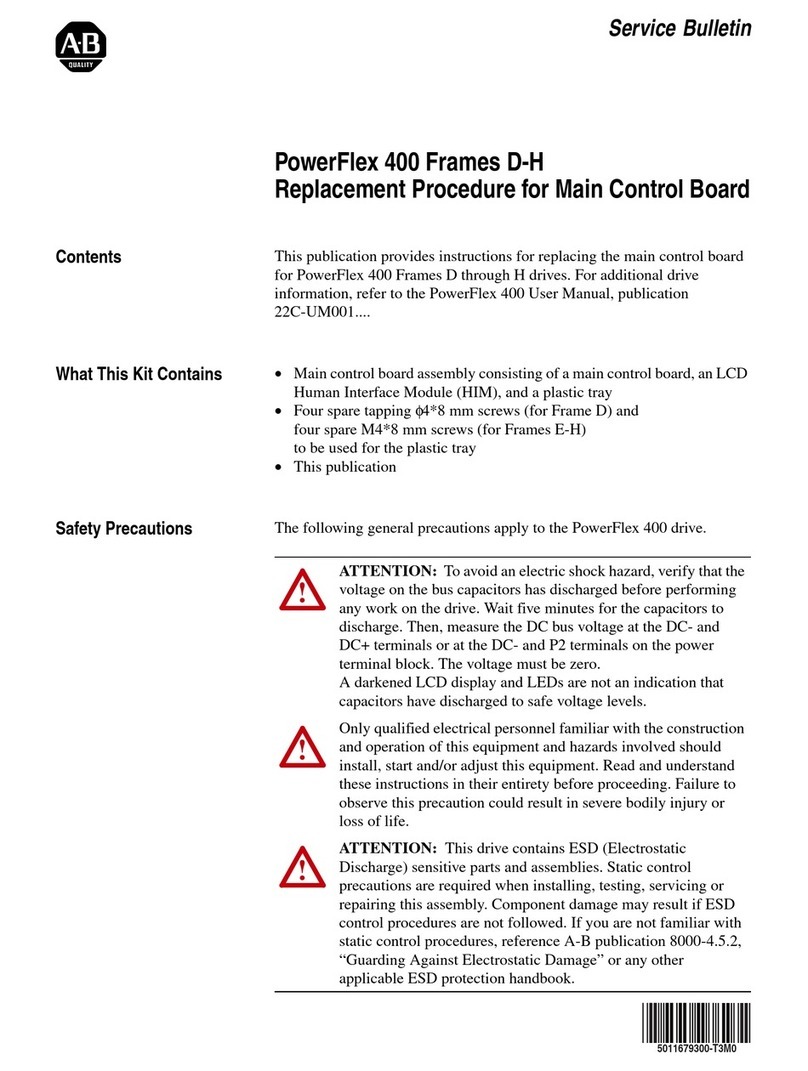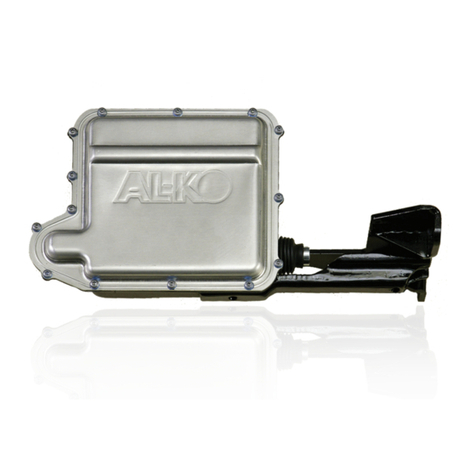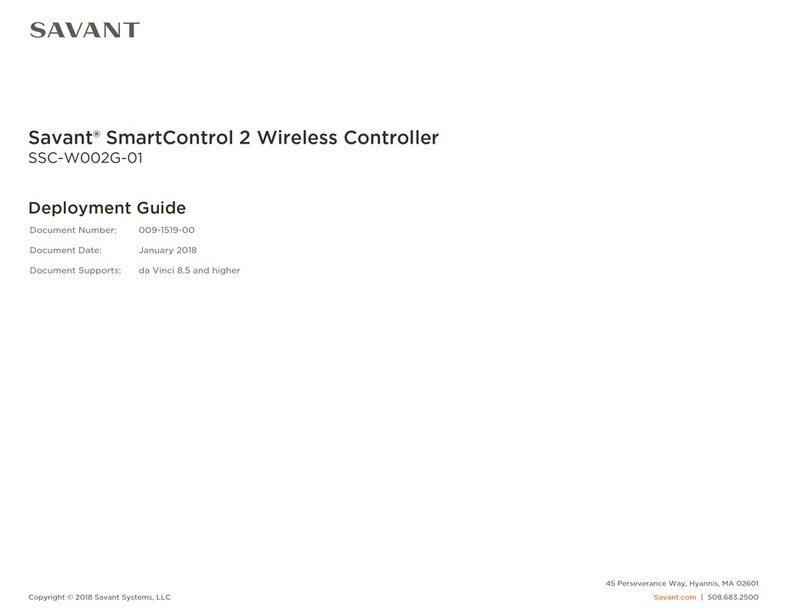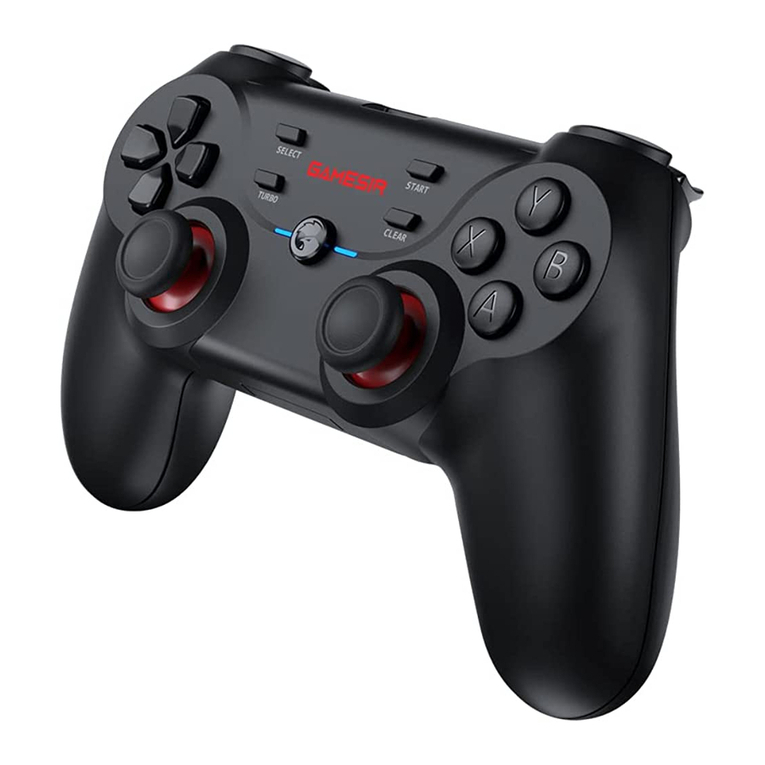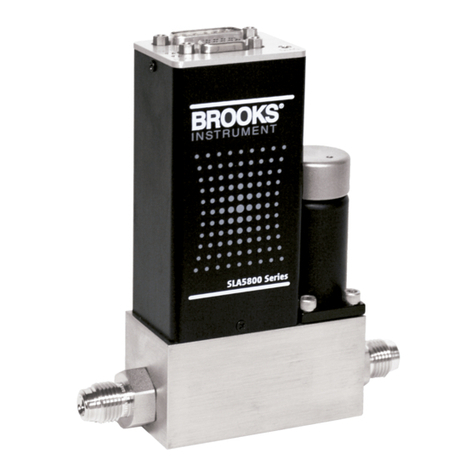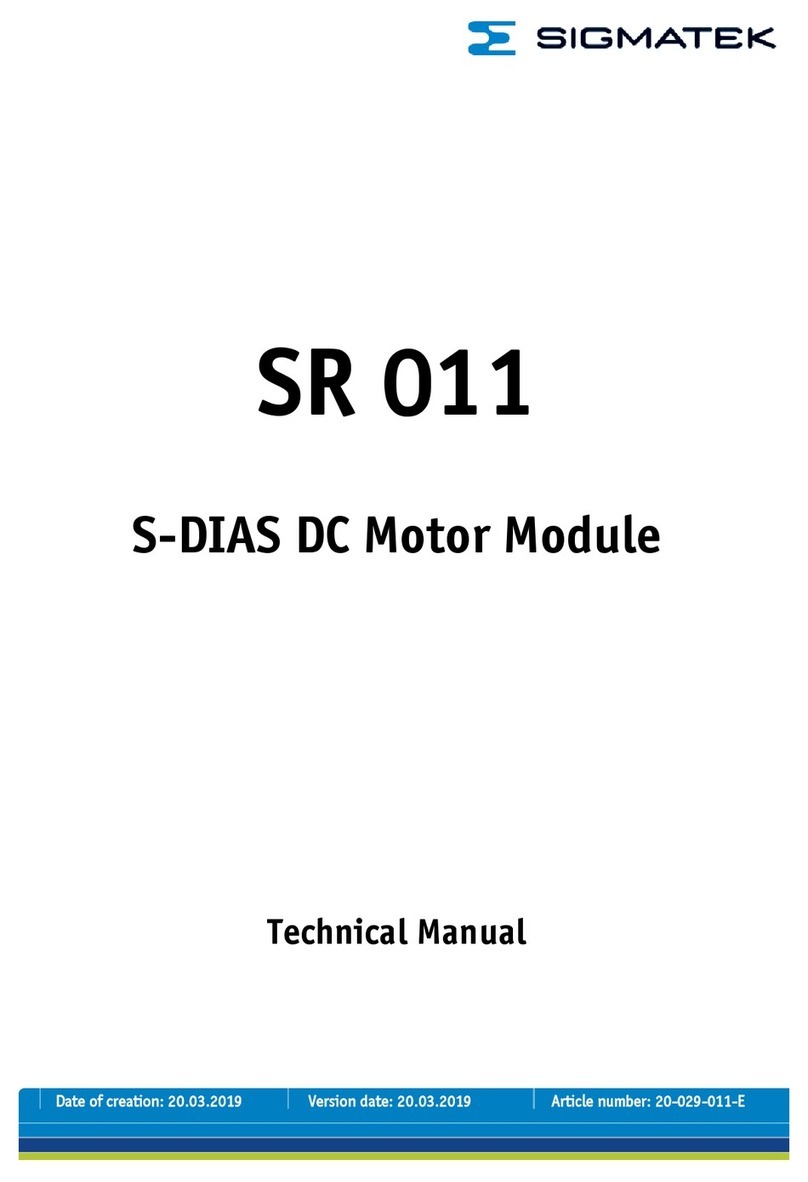
Precautions for Safe Use
8E5@D Digital Temperature Controllers User’s Manual (H224)
( 7 ) To avoid inductive noise, keep the wiring for the Digital Controller's terminal block away from
power cables that carry high voltages or large currents. Also, do not wire power lines together with
or parallel to Digital Controller wiring. Using shielded cables and using separate conduits or ducts
is recommended.
Attach a surge suppressor or noise filter to peripheral devices that generate noise (in particular,
motors, transformers, solenoids, magnetic coils or other equipment that have an inductance com-
ponent).
When a noise filter is used at the power supply, first check the voltage or current, and attach the
noise filter as close as possible to the Digital Controller.
Allow as much space as possible between the Digital Controller and devices that generate power-
ful high frequencies (high-frequency welders, high-frequency sewing machines, etc.) or surge.
( 8 ) Use the Digital Controller within the rated load and power supply.
( 9 ) Make sure that the rated voltage is attained within 2 seconds of turning ON the power using a
switch or relay contact. If the voltage is applied gradually, the power may not be reset or output
malfunctions may occur.
(10) Make sure that the Digital Controller has 30 minutes or more to warm up after turning ON the
power before starting actual control operations to ensure the correct temperature display.
(11) When using adaptive control, turn ON power for the load (e.g., heater) at the same time as or
before supplying power to the Digital Controller. If power is turned ON for the Digital Controller
before turning ON power for the load, tuning will not be performed properly and optimum control
will not be achieved.
(12) During tuning,* ensure that the power for the load (e.g., heater) is ON. If the power supply to the
load (e.g., heater) is not turned ON during tuning, tuning results will not be calculated correctly and
it will not be possible to achieve optimum control.
* “Tuning” refers to the following functions: AT, adaptive control, automatic filter adjustment, and
water-cooling output adjustment.
(13) A switch or circuit breaker must be provided close to Digital Controller. The switch or circuit
breaker must be within easy reach of the operator, and must be marked as a disconnecting means
for Digital Controller.
(14) Wipe off any dirt from the Digital Controller with a soft dry cloth. Never use thinners, benzine, alco-
hol, or any cleaners that contain these or other organic solvents. Deformation or discoloration may
occur.
(15) Design the system (e.g., control panel) considering the 2 seconds of delay in setting the Digital
Controller’s output after the power supply is turned ON.
(16) The output will turn OFF when you move to the Initial Setting Level. Take this into consideration
when performing control.
(17) The number of non-volatile memory write operations is limited. Therefore, use RAM write mode
when frequently overwriting data, e.g., through communications.
(18) Always touch a grounded piece of metal before touching the Digital Controller to discharge static
electricity from your body.
(19) Use suitable tools when taking the Digital Controller apart for disposal. Sharp parts inside the Dig-
ital Controller may cause injury.
(20) Install the DIN Track vertically to the ground.


